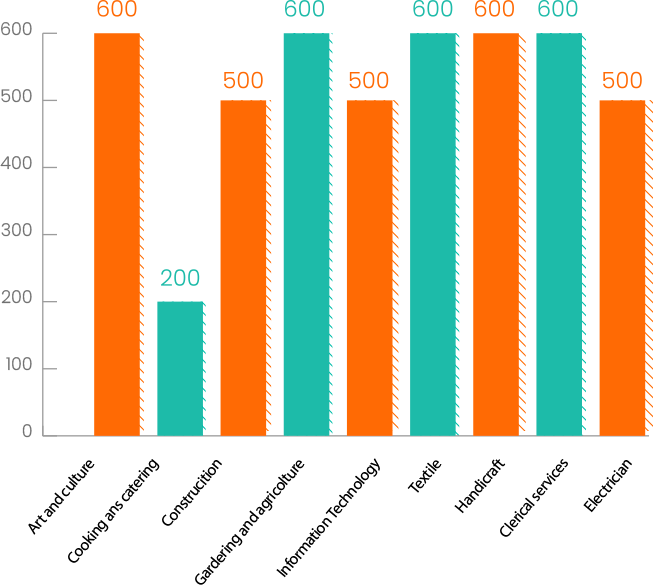
Step 3: Gathering information
Evidence-based
Gathering, analyzing, and using datafrom the field will provide much-needed facts and information to develop, support, and strengthen advocacy messages.Using action-oriented and up-to-date researchis a crucial way of showing decision makers and the broader public why an advocacy campaign is needed. It allows advocates to speak with credibility and adds weight to their arguments.Project information Factsheets/ Infographics:These are developed using the information gathered for the baseline providing both national profiles as well as snapshots of the current situation in the participating prisons.Research • Analysis • Dissemination

In this field the research, statistics and evidence are limited (in scope, specificity and methodological terms) mostly as far as the effects of education on detainees’ skills and the relationship between education and criminal behavior/recidivism are concerned. This could be explained, as recidivism rates are difficult to measure but also because what constitutes recidivism is hard to be defined.


However, research and evaluation are essential to inform future decisions about policy and investment of funding in prison education. The existing evidence based on a range of aspects of prison education and training showed that both education and training must be improved. Furthermore, research which identifies evidence of the economic and social benefits of prison education could help to inform the general public on the issue and ensure that both policy and practice in the future are informed by a robust evidence.
TOOL 3
Example of data that could be valuable to design evidence-based
Italy:
(around 1 every 1,000 inhabitants)
Ratio of detaineees to available places: 139%
Average cost per detainee (Euro): 130€ per day
Over 23,000 detainees enrolled in education / training programs of whom around 2,500 enrolled in training programs.
Data sources: Italian Ministry of Justice – Dipartimento dell’amministrazione penitenziaria
No. of detainees by area / subject of training


Turin prison:
(91% males, 9% females)
Ratio of detaineees to available places: 120%
Detainees per edicator / psychologist: 55
Number os staff involved in the provision of education / training: 123
Over 900 detainees enrolled in education / training programs of whom 155 enrolled in training programs.
Lorusso e Cutugno” prison in Turin; XV Rapporto Antigone, 2019
No. of detainees by area / subject of training


Check the repository of articles and other important documents on arguments supporting the case of Prison Education
Perla Allegri


